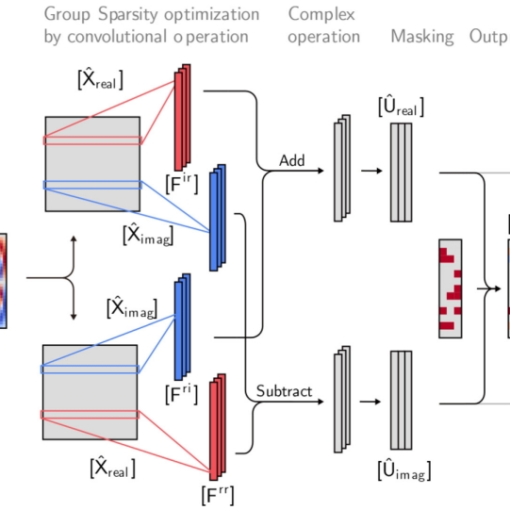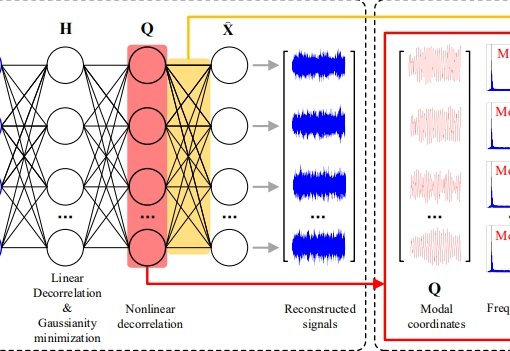In structural health monitoring, data quality is crucial to the performance of data-driven methods for structural damage identification, condition assessment, and safety warning. However, structural health monitoring systems often suffer from data imperfection, resulting in some entries being unusable in a data matrix. Discrete missing points are relatively easy to recover based on known adjacent points, whereas segments of continuous missing data are more common and also more challenging to recover in a practical scenario. Formulating the data recovery task as an optimization problem for matrix completion, we present a convolutional neural network to achieve simultaneous recovery for multi-channel data with the awareness of group sparsity. The data recovery process based on compressive sensing is formulated as a regression problem and achieved in the neural network. The basis matrix is utilized as the …
唐 志一
In this study, we propose a machine‐learning‐based approach to identify the modal parameters of the output‐only data for structural health monitoring (SHM) that makes full use of the characteristic of independence of modal responses and the principle of machine learning. By taking advantage of the independent feature of each mode, we use the principle of unsupervised learning, turning the training process of the neural network into the process of modal separation. A self‐coding neural network is designed to identify the structural modal parameters from the vibration data of structures. The mixture signals, that is, the structural response data, are used as the input of the neural network. Then, we use a complex loss function to restrict the training process of the neural network, making the output of the third layer the modal responses we want, and the weights of the last two layers are mode shapes. The neural …
Structural health monitoring (SHM) systems provide opportunities to understand the structural behaviors remotely in real-time. However, anomalous measurement data are frequently collected from structures, which greatly affect the results of further analyses. Hence, detecting anomalous data is crucial for SHM systems. In this article, we present a simple yet efficient approach that incorporates complementary information obtained from multi-view local binary patterns (LBP) and random forests (RF) to distinguish data anomalies. Acceleration data are first converted into gray-scale image data. The LBP texture features are extracted in three different views from the converted images, which are further aggregated as the anomaly representation for the final RF prediction. Consequently, multiple types of data anomalies can be accurately identified. Extensive experiments validated on an acceleration dataset acquired on a …
Structural health monitoring systems continuously monitor the operational state of structures, generating a large amount of monitoring data during the process. The structural responses of extreme events, such as earthquakes, ship collisions, or typhoons, could be captured and further analyzed. However, it is challenging to identify these extreme events due to the interference of faulty data. Real-world monitoring systems suffer from frequent misidentification and false alarms. Unfortunately, it is difficult to improve the system’s built-in algorithms, especially the deep neural networks, partly because the current neural networks only output results and do not provide an interpretable decision-making basis. In this study, a deep learning-based method with visual interpretability is proposed to identify seismic data under sensor faults interference. The transfer learning technique is employed to learn the features of seismic data and faulty data with efficiency. A post-hoc interpretation algorithm termed Gradient-weighted Class Activation Mapping (Grad-CAM) is embedded into the neural networks to uncover the interest regions that support the output decision. The in-situ seismic responses of a cable-stayed long-span bridge are used for method verification. The results show that the proposed method can effectively identify seismic data mixed with various types of faulty data while providing good interpretability.



